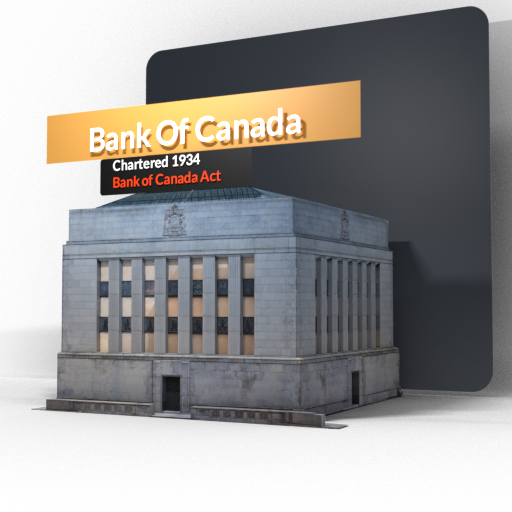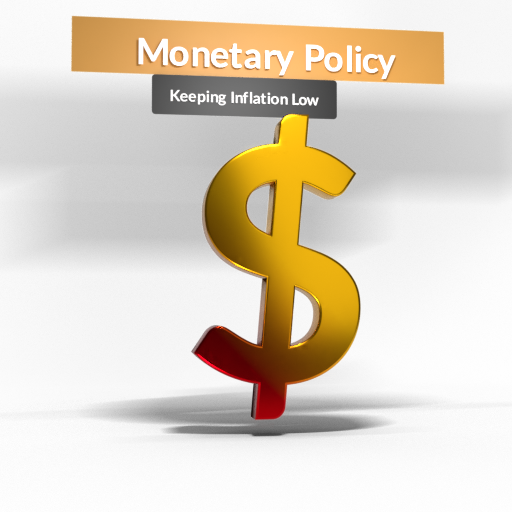The Bank’s Beginnings

In 1933, Criticism of Canada’s banking system fueled a movement in Prime Minister R.B. Bennett’s parliament stoking concern that Canada lacked a direct means for settling international accounts. The Royal Commission to study “for” or “against” setting up a central banking system was voted in.
The arguments “for” won and adoption of the suggestions from the report started shortly after. Suggestions from the report became the framework for the Bank of Canada Act, which received royal assent on 3 July 1934. The Bank of Canada officially opened its doors in March 1935, as a privately owned institution, with shares sold to the public.
For a more in depth article, follow this link to read more directly from the Bank of Canada:
https://www.bankofcanada.ca/about/history/
The Monetary Policy
Institutionally the Monetary Policies main goal is to “preserve the value of money by keeping inflation low, stable and predictable.”
This has great influence on the Canadian standard of living, from job creation to increased productivity, spending, long term savings and how funds are invested back into the economy. Our key infrastructure relies on Canada’s monetary framework.
Two key components of the framework are inflation-control target and the flexible exchange rate which are made to keep the public informed on policy in an understandable format and keeps them accountable to the public.
Read more here: https://www.bankofcanada.ca/core-functions/monetary-policy/
The Prime Rate in Canada is currently 2.45%
as of this post date August 20th 2021
Prime since 1970
click the table above for a detailed breakdown of prime rate changes over the last 50 years.







